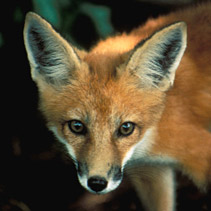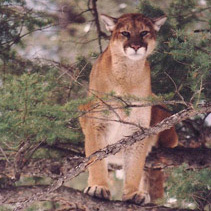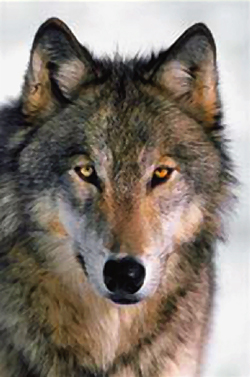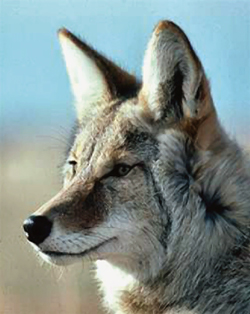Predator Management
Many factors affect wildlife populations, such as weather, quality and quantity of habitat, harvest by hunters, and predators.
When game populations drop below objectives and the potential growth level, the Department undertakes management actions.
First . . .
Biologist study all the possible causes of declining game populations, such as the quality and quantity of habitat, weather, the health and reproductive rate of the game animals, harvest levels, and the impacts of predators.
Depending on the cause for the decline, Fish and Game undertakes the actions, or a combination of actions, most likely to increase game numbers. This includes habitat improvements, changes in hunting seasons, and liberalized trapping & hunting regulations to name a few.
Then . . .
When there is evidence that predators are limiting game populations and regulated harvest of predators is not adequate, a more aggressive approach, guided by a predation management plan is sometimes necessary.
The Goal: Reduction, not elimination.
The long-term goal is to reduce predator numbers enough to allow increased game numbers, increased harvest opportunities, and to maintain viable populations of all wildlife, including predators.
Want to learn more?
- Understanding Predator Management in idaho
– [PDF, [385 KB]
Statewide Predation Plans
- Avian Predation Management Plan - 2026
– [PDF, [1.5 MB]
Area Predation Plans
- Sawtooth Zone
– [PDF, 500 KB] - Panhandle Zone
– [PDF, 500 KB] - Middle Fork Zone
– [PDF, [390 KB] - Lolo/Selway Zones
– [PDF, [234 KB]
Fish and Game has a history of rigorous scientific studies that investigate and determine the cause of population declines.
View reports on bear, elk, deer, bighorn sheep, moose, mountain lion, etc., at the link below:






